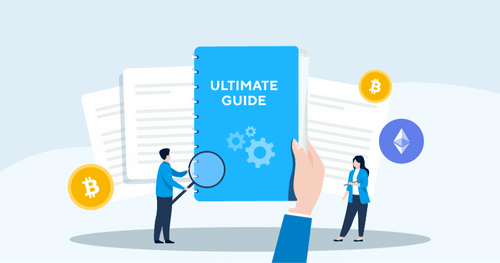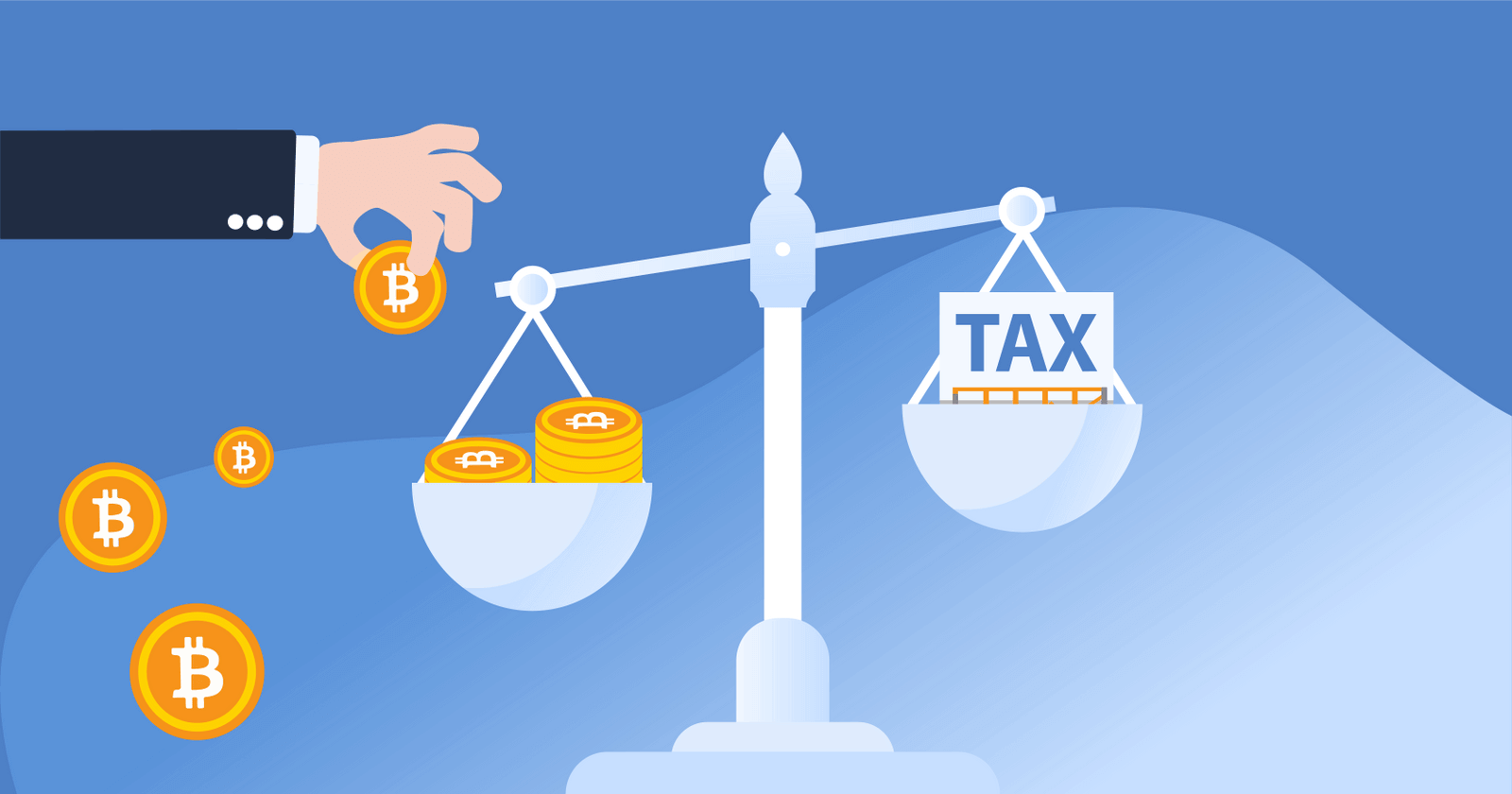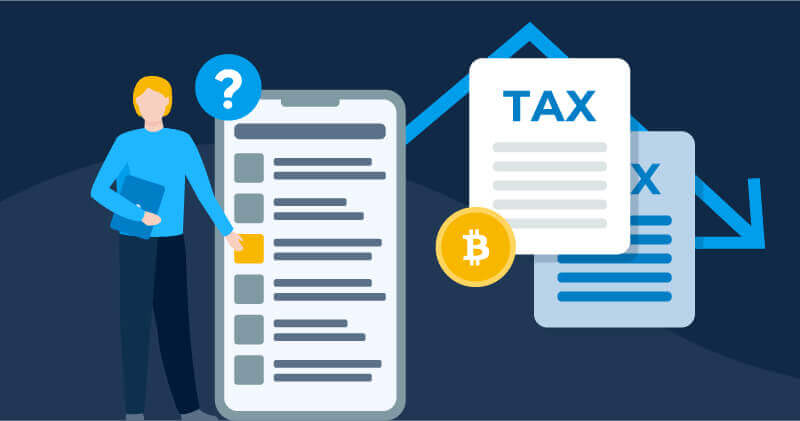

Key Takeaways
- Layer 2 solutions make Ethereum faster and cheaper to use!
- The right Layer 2 network for you depends on your unique needs — like what protocols you’re using and whether you value security or convenience.
- After Ethereum’s Dencun upgrade, Layer 2 networks are even more crucial to the network’s success.
What is a Layer 2 blockchain network?
Layer 2 solutions are networks built on top of the Ethereum blockchain (also known as Layer 1). Layer 2 solutions handle transactions off-chain with high speeds and low fees.
Think of Layer 1 as the foundation—solid and secure but slower—while Layer 2 adds a faster, more efficient layer to handle the traffic.
- Layer 1 (Ethereum Mainnet): The Ethereum mainnet is where transactions are secured and settled. While the Ethereum blockchain is highly secure, it’s considered very slow.
- Layer 2: Manages transactions off-chain, then bundles them up and settles them on Layer 1, making transactions faster and cheaper.

Are investors using Layer 2 solutions?
Layer 2 solutions are growing rapidly. The total value locked (TVL) in Ethereum Layer 2 solutions grew significantly, surpassing $15 billion by the end of the year.
The rise in adoption shows the critical role Layer 2 networks play in Ethereum’s future, as users seek faster speeds and greater convenience.
What are Ethereum Layer 2 blockchains for?
Currently, it’s estimated that Ethereum can support around 12-16 transactions per second. This isn’t fast enough to support certain types of use cases — like gaming and high-frequency DeFi trading, where rapid transaction processing is crucial.
As a result, Ethereum alternatives like Solana that offer higher speeds and lower gas fees have been attracting more users in recent years.
Layer 2 blockchains can help Ethereum process more transactions per second — allowing the network to keep up with competitors and meet demand.
Let’s walk through some of the benefits of Layer 2:
- Lower Gas Fees: By processing transactions off-chain, Layer 2 solutions significantly reduce the costs associated with Ethereum transactions.
- Faster Transactions: Layer 2 networks can process thousands of transactions per second (TPS), making Ethereum more efficient .
- Scalability for DeFi, NFTs, and Gaming: DeFi platforms, NFT marketplaces, and blockchain-based games can operate more smoothly on Layer 2 networks, providing a better user experience and lowering entry barriers for new users.
Initially, Ethereum aimed to address scalability with sharding, a complex process of splitting the blockchain into smaller parts.
Nowadays, it appears that Layer 2 solutions will be the future of Ethereum. These solutions allow Ethereum to process transactions rapidly without changing the core design of the blockchain.
The top 5 Ethereum Layer 2 solutions
Ethereum’s Layer 2 ecosystem has grown rapidly, with several networks leading the charge:
Arbitrum
Arbitrum is a leading Layer 2 solution known for its strong developer community and wide range of supported projects. It offers fast speeds through optimistic rollups.
- Fast transactions and low fees, making it attractive for DeFi platforms
- Optimistic rollup technology for scalability
- Easy migration of existing smart contracts from Ethereum
- A large and growing ecosystem of decentralized applications (dApps)
Arbitrum has gained significant traction, with its Total Value Locked (TVL) reaching $2.6 billion — making it the #1 Layer 2 scaling solution.
Base
Base is a Layer 2 scaling solution developed by Coinbase that uses optimistic rollups. It offers:
- Developer-friendly environment with familiar tools and languages
- Seamless interoperability with other Ethereum Layer 2 solutions
- Focus on regulatory compliance and institutional adoption
- Potential for increased mainstream adoption due to Coinbase's influence
Base has gained significant attention since its launch in 2023, attracting both established projects and new developers. Base is currently the #2 scaling solution in terms of TVL.
Optimism
Optimism is another popular Layer 2 solution that uses optimistic rollups to increase transaction speeds. Key features include:
- User-friendly interface and developer-friendly environment
- Cost-effective transactions through optimistic rollups
- High compatibility with Ethereum Virtual Machine (EVM)
- Growing ecosystem of dApps and DeFi protocols
Optimism has been adopted by protocols like Uniswap, Aave, and Synthetix.
Polygon (Matic)
Polygon, formerly known as Matic, offers a unique approach to Ethereum scaling by processing transactions on separate sidechains.
- Seamless integration with Ethereum
- Support for a wide range of applications
- Combination of Plasma-based side chains and a PoS security layer
- Popular among projects seeking scalability without compromising Ethereum's security
Polygon has attracted numerous projects due to its flexibility and low transaction costs.
zkSync
zkSync leverages zero-knowledge proofs for enhanced security and speed:
- High levels of data privacy
- Fast transaction finality
- Lower fees compared to Ethereum mainnet
- Ideal for applications requiring strong privacy guarantees
zkSync is gaining traction, especially among projects that prioritize privacy and rapid transaction confirmation. While it has fewer established projects than the other solutions listed, zkSync is supported by protocols like Zero Lend and PancakeSwap.
Types of Layer 2 Solutions: Optimistic Rollups vs. Zero-Knowledge (zk) Rollups
Layer 2 solutions mainly use two types of rollups — optimistic rollups and ZK-rollups.
Optimistic Rollups: Optimistic rollups assume all transactions are valid until proven wrong. Users have 7 days to challenge transactions by submitting ‘fraud proofs’.
- Pros: Quick transactions, lower transaction fees
- Cons: Withdrawal periods can be as long as a week to protect against fraud.
Zero-Knowledge (ZK) Rollups: ZK-rollups assume all transactions are invalid until proven otherwise. ZK-Rollups use sophisticated Zero-Knowledge Proofs to determine whether transactions are valid or not.
- Pros: Faster withdrawal times and higher security.
- Cons: ZK-Rollups are complex to develop and support a limited number of smart contracts.
How to choose the right Layer 2 solution for you
When selecting a Layer 2 solution, you should consider the following:
- Transaction Costs: Look for a Layer 2 solution that balances speed and affordability.
- Security: Ensure the network has robust security measures in place, especially for large transactions.
- Compatibility with dApps: If you use specific decentralized applications, choose a Layer 2 solution that supports them.
For example, Arbitrum is supported by many DeFi projects. Meanwhile, zkSync may be better suited for applications that need enhanced privacy.
Layer-2 solutions and the future of Ethereum
Layer 2 networks are not just a temporary fix to high transaction fees, they’re a key part of Ethereum’s roadmap — allowing the network to scale without sacrificing security.
The Dencun upgrade in March 2024 introduced new features like Binary Large Objects (blobs), which make it even cheaper to batch transactions on Layer 2, further enhancing Ethereum’s scalability. The Dencun upgrade is part of a broader strategy to ensure that Ethereum can evolve and adapt to network demand.
It’s been estimated that the Dencun upgrade reduced Ethereum fees by 4x — making Layer 2 solutions more attractive for users and developers alike!
In addition, Vitalik Buterin — Ethereum’s co-founder — unveiled a plan to enhance compatibility across Layer 2 solutions. This roadmap helps ensure that Layer 2 protocols can interoperate seamlessly, making the Ethereum ecosystem faster and more user-friendly.
What is Layer 3?
Some projects look beyond Layer 2 to develop Layer 3 solutions — which offer even more customizability and efficiency!
Layer 3 focuses on building specialized solutions on top of Layer 2 networks, offering tailored functionality for specific use cases and reducing transaction costs even further.
One popular Layer-3 solution is Xai — built specifically for gaming applications on Ethereum. Xai allows users to play crypto games without needing to manage cryptocurrency wallets!
Conclusion
Ethereum Layer 2 solutions offer a path toward a more scalable, efficient, and user-friendly blockchain experience. It’s likely that Layer 2 solutions like Arbitrum and zkSync will be an essential part of the Ethereum ecosystem going forward.
Frequently asked questions
How we reviewed this article
All CoinLedger articles go through a rigorous review process before publication. Learn more about the CoinLedger Editorial Process.

CoinLedger has strict sourcing guidelines for our content. Our content is based on direct interviews with tax experts, guidance from tax agencies, and articles from reputable news outlets.






























%20(1).png)





.png)
















